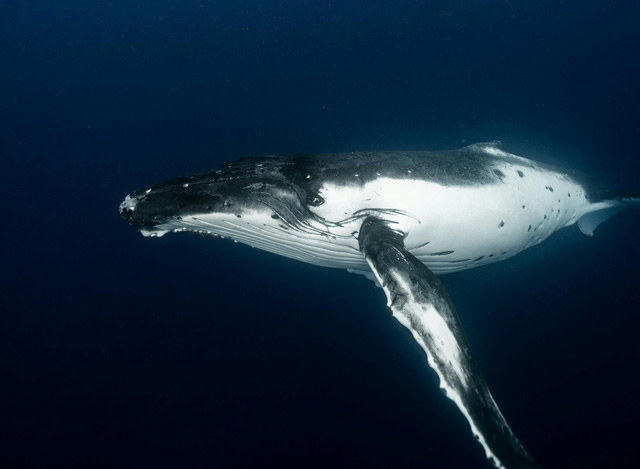Hi everyone! I’m so excited to share some amazing facts about whale anatomy with you today. Maui is one of the best places in the world to see these gentle giants, and understanding a bit about their bodies makes the experience even more incredible. I’ve been lucky enough to witness these magnificent creatures firsthand, and let me tell you, their whale anatomy is truly fascinating!
Key Takeaways
- Whale skeletons are lighter and less dense than land animals, aiding in buoyancy and movement.
- Toothed whales have teeth for hunting, while baleen whales possess baleen plates for filter-feeding. Blowhole structure also differentiates toothed (single blowhole) and baleen (two blowholes) whales.
- The muscular tail stock provides the power for propulsion, while the flukes act like propeller blades, working together to move whales through the water with incredible force.
- Whales possess incredibly strong muscles, particularly in their tails, which are essential for swimming, diving, breaching, and communication.
- Whale blubber is more than just fat; it’s a crucial part of their whale for insulation in cold waters, serves as an energy reserve for long migrations or periods without food, and contributes to buoyancy.
- Whale anatomy has several physiological adaptations for deep diving, including bradycardia (slowed heart rate), peripheral vasoconstriction (redirecting blood flow), increased blood volume and myoglobin for oxygen storage, lung collapse to prevent the bends, reduced metabolic rate, and a high tolerance for carbon dioxide.
Whale Anatomy: The Basics
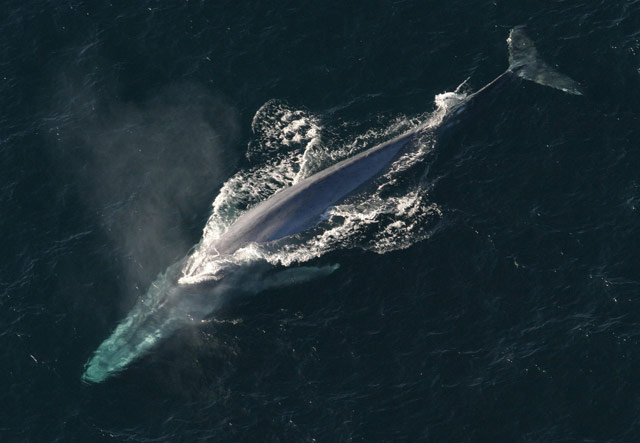
One of the first things you might notice about a whale is its massive whale size. Whales like humpbacks, seis, fins, and are giants! And blue whales…they’re like living submarines!
Of course, not all species of whales are so large. There are smaller ones too. And, there are even dolphins and porpoises, the close cousins of whales, that can range in size from the adorable vaquita to the mighty Orca (killer Whale). Oh and by the way, Orcas aren’t really whales. They’re technically dolphins.
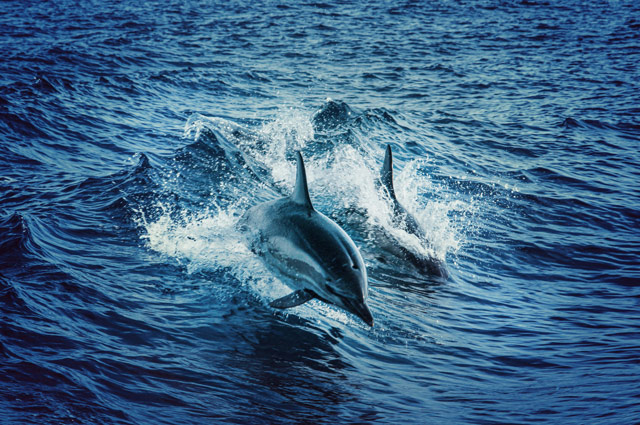
The thing that virtually all dolphins, porpoises, and whales have in common is the shape of their whale body, which is streamlined and perfect for gliding through the ocean with minimal resistance. This sleek design, a key aspect of their whale anatomy, allows them to move effortlessly through the water.
Then, there’s the tail of a whale. Their powerful whale tail propels them through the water with incredible force. I’ve seen humpback whales breach, and the power in that tail is just simply breathtaking!
I do want to take a moment and make sure that I clear up a commonly misnamed part of whales. The tail of a whale is the part that tapers in size from about the last third of their body to their end. But, the flat parts at the end of their tail are called flukes…they are not the whale’s tail.
Fun Fact!
Did you know a blue whale’s aorta (the largest artery in the body of humans and animals) has an average diameter of 9 inches? It’s mind-boggling! Meanwhile, a human’s aorta is only about 2 centimeters in diameter. It really puts their whale size into perspective.
Whale Skeletons
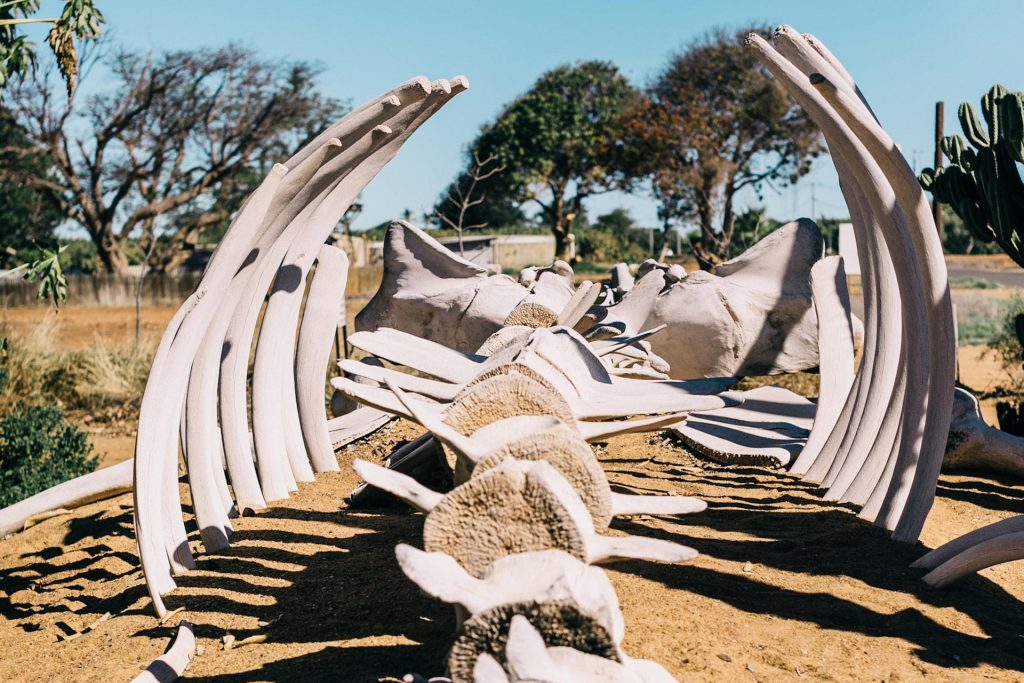
Ever since I first saw the skeleton of the young male humpback whale nicknamed “Humphrey” hanging from the ceiling of the Florida Museum of Natural History, it’s made me think about how whale skeletons are super cool! Did you know they aren’t like the skeletons of land animals? They’re adapted for life in the water.
One of the first interesting things to consider about a whale skeleton is that it’s lighter than you might expect for such a huge animal. This is because their bones are less dense than land animal bones. This lighter structure helps them float and move easily in the water.
When I looked at the whale skeleton named Humphrey, I saw a long spine, just like ours. This spine is what supports the whale’s body. But a whale’s spine is very flexible. This allows them to move their tails up and down to propel themselves through the water.
Their ribs are also interesting. They curve around to protect the whale’s organs, but they’re also flexible enough to allow the whale’s body to compress when it dives deep underwater. This is a pretty amazing adaptation of their whale anatomy!

Another fascinating part of whale anatomy is their flippers. These aren’t like the fins of a fish. If you look closely at a whale flipper skeleton, you can see bones that look like the bones in our arms and hands! They have a humerus, radius, and ulna, just like us.
However, these bones are shorter and flatter, and they’re surrounded by cartilage, which makes the flipper strong and flexible for swimming. The anatomy of a whale has truly evolved to make them incredible swimmers.
The skull of a whale is also unique. It’s shaped differently depending on the type of whale. For example, baleen whales have huge skulls to support their baleen plates, which they use to filter food from the water. Toothed whales, on the other hand, have skulls that are adapted for hunting and echolocation. Studying whale anatomy helps us understand so much about how these magnificent creatures live.
I think it’s amazing how whale skeletons show us how these animals have adapted to their watery environment. From their lightweight bones to their flexible spines and flippers, whale anatomy is truly a wonder of nature!
The Muscles, Fat, and Skin of Whales
I’m fascinated by more than just the bones of whales; their muscles, fat, and skin are just as amazing! These features all work together to help whales survive in the ocean. Let’s start with their muscles.
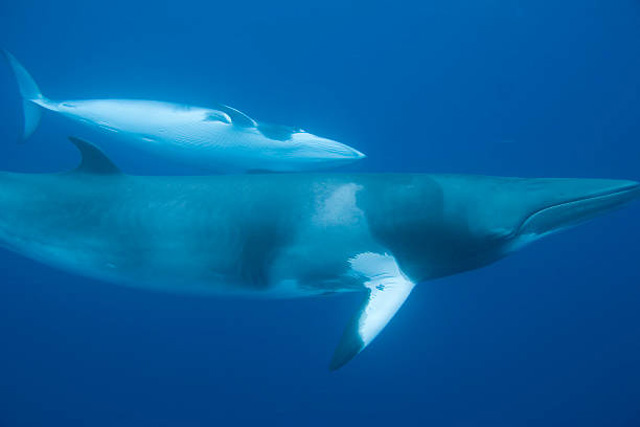
Muscles
Whales are incredibly strong, and that strength comes from their powerful muscles. They use these muscles for everything from swimming and diving to breaching and communicating. Their tail muscles are especially important, as they power the up-and-down motion that pushes them forward.
These muscles are huge and incredibly efficient, allowing whales to travel vast distances. Think about a humpback whale migrating thousands of miles – that’s all thanks to the power of its muscles! But it’s not just their tails. Whales also have strong muscles along their sides and backs that help them maneuver in the water. Their side muscles allow them to turn quickly, dive deep, and even jump out of the water!
I think it’s fascinating how their muscle structure is so different from ours, perfectly adapted for swimming. For example, their muscles are arranged in a way that maximizes power and minimizes drag. This is a key part of their whale anatomy, allowing them to move through the water with such grace and efficiency. Even the muscles in their flippers play a role, by helping them steer and maintain balance.
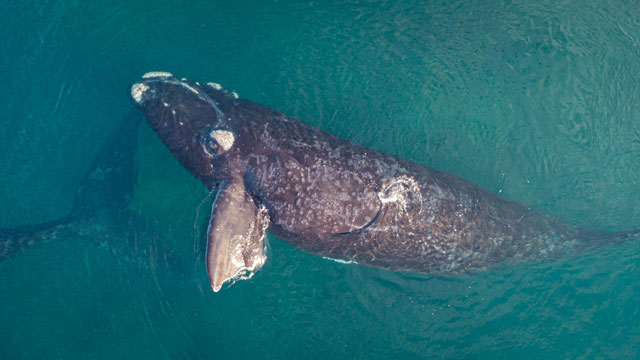
Blubber
Next, let’s talk about blubber. Blubber is much more than just a layer of fat; it’s a vital organ for whales. This thick layer of fat lies beneath a whale’s skin and plays several important roles.
First and foremost, it’s crucial for insulation. Whales live in water that’s often much colder than their body temperature, and blubber helps them retain heat and stay warm. Imagine swimming in icy water without a good coat – you’d get cold very quickly! Blubber acts like a built-in winter coat for whales, keeping them comfortable even in frigid conditions.
Second, blubber serves as an energy reserve. Whales can go for long periods without eating, especially during migrations or when raising their young. The blubber stores energy that the whale can use when food is scarce. It’s like having a pantry packed with food that you can access whenever you need it!
And finally, blubber contributes to the whale’s buoyancy. Blubber, being less dense than water, contributes to a whale’s overall buoyancy. While it doesn’t make them float like a cork, the added buoyancy from blubber helps whales stay closer to the surface with less effort, especially larger whales with proportionally less dense bones. This makes swimming and maintaining their position in the water column less energetically demanding.
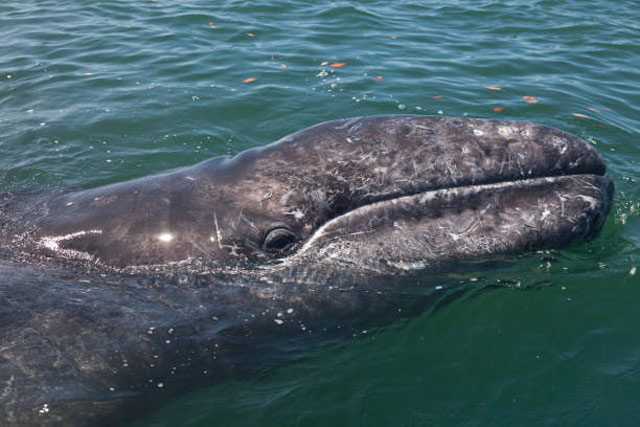
Skin
Finally, we come to the skin. Whale skin is smooth and sleek, which also helps them glide through the water. It can be different colors and patterns, depending on the type of whale. For example, some whales, like humpback whales have beautiful black and white markings.
Whale skin is also very elastic, which means it can stretch and contract as the whale moves. This elasticity is important, especially for whales that dive to great depths where the water pressure is intense. Their skin is another amazing aspect of their incredible whale anatomy.
Pro Tip!
Having a good pair of binoculars on your whale watching tour will give you a closer look at the details of some whale anatomy, like the barnacles that sometimes hitchhike on their skin.
I think it’s incredible how all these parts – the muscles, the blubber, and the skin – work together. They show us how whale anatomy has evolved to make these animals perfectly adapted for life in the ocean. From their powerful muscles to their insulating blubber and sleek skin, whales are truly masterpieces of nature!
Whale Heads
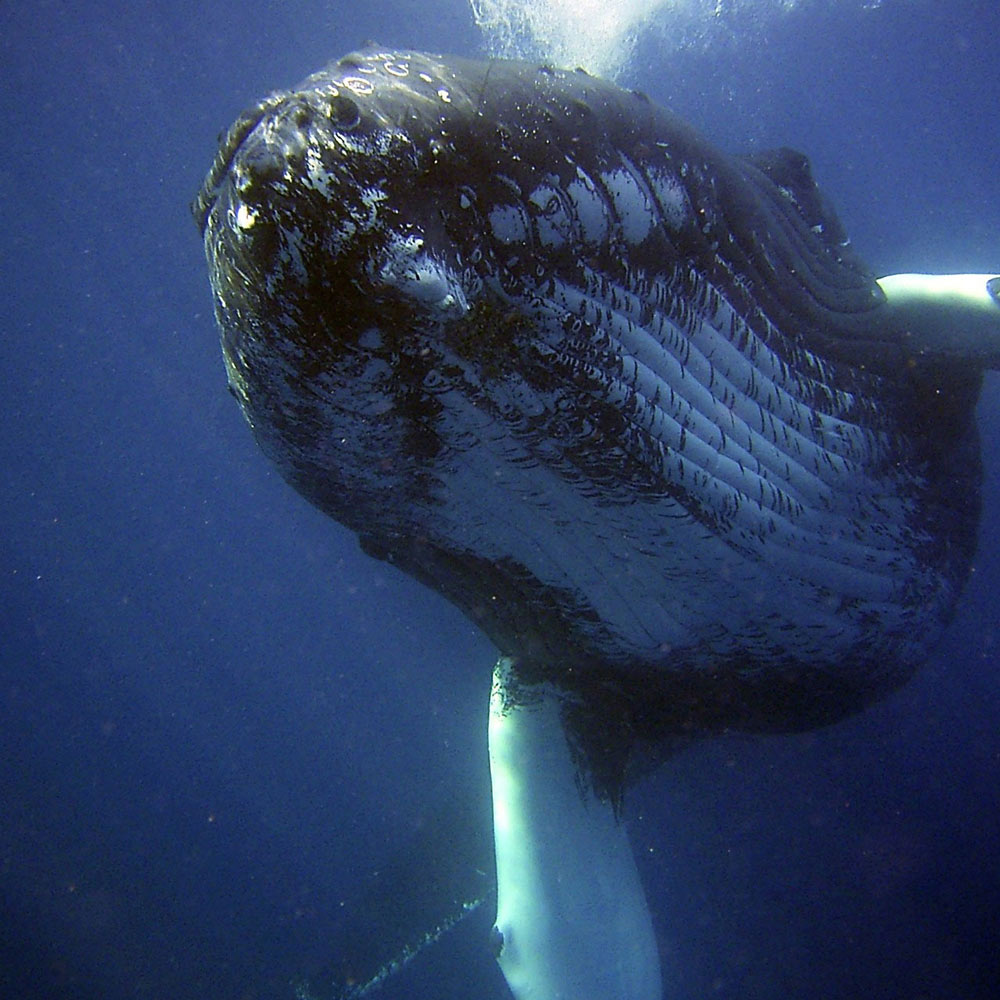
I find whale heads absolutely fascinating! They come in all sorts of shapes and sizes, each one perfectly adapted to the whale’s lifestyle and diet. When I look at the incredible diversity of whale anatomy, the head is one of the most striking examples. Some whales have long, pointed snouts, like the river dolphins, while others, like the bowhead whale, have massive, arched jaws.
These different shapes aren’t just for show; they reflect the different ways whales feed and interact with their environment.
One of the biggest differences I noticed when I studied whale anatomy at my university is between the heads of toothed whales and baleen whales. This difference is immediately apparent in their blowholes. Toothed whales, like dolphins and orcas, have a single blowhole, while baleen whales, like humpbacks and blue whales, have two. I think it’s interesting that these blowholes are actually modified nostrils!
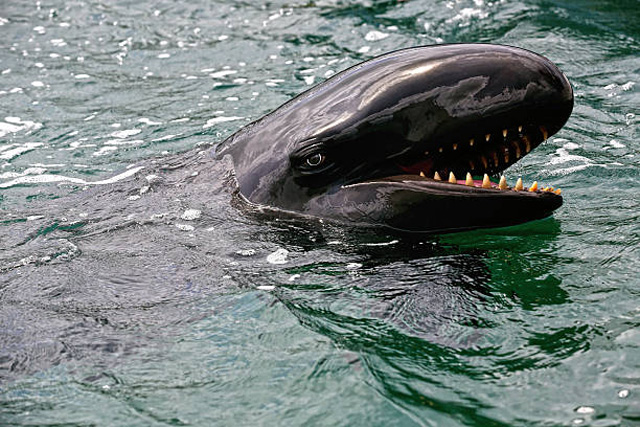
Inside the mouths of these two groups, you find even more dramatic differences. Toothed whales have teeth, just like us, although they vary greatly in shape and number depending on the species. Some toothed whales, like dolphins, have many small, pointed teeth for catching slippery fish. Others, like sperm whales, have fewer, larger teeth that they use for gripping squid.
And then there’s the narwhal, a toothed whale with a truly unique “tooth”—a long, spiraling tusk that protrudes from its head. This tusk, which is actually a modified tooth, can grow up to 10 feet long! While narwhals aren’t found anywhere near Maui, their unique tooth is a great example of the incredible diversity in whale anatomy.
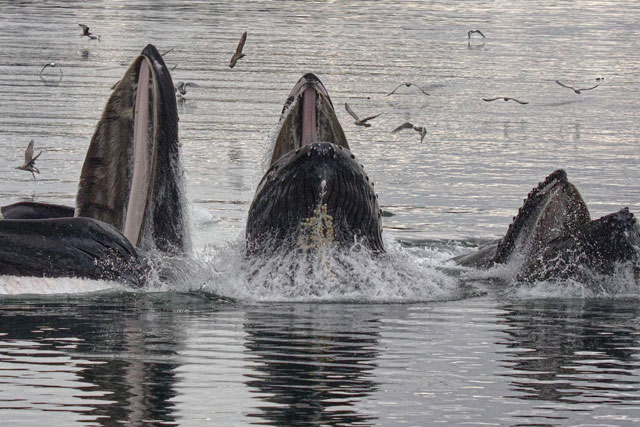
Baleen whales, on the other hand, have baleen instead of teeth. Baleen is a filter-like material that hangs from the upper jaw, made of the same stuff as our fingernails. These whales swim through the water with their mouths open, taking in huge gulps of water filled with tiny creatures like krill. Then, they close their mouths and use their tongues to push the water out through the baleen, trapping the food inside.
I think it’s amazing how baleen whale anatomy allows these giants to eat the amount of food that they can. For example, a humpback whale can eat about 2 1/2 tons of food in one day!
The whale’s head, with all its variations, truly reflects the diversity and adaptability of whale anatomy. From the single blowhole of a dolphin to the massive baleen plates of a blue whale, each head tells a story about how these animals live and thrive in the ocean.
Whale Bodies
The whale’s body, the section between its head and tail, is a marvel of engineering. It houses all the vital organs and structures that allow these magnificent creatures to thrive in the ocean. I find it fascinating how whale anatomy has evolved to perfectly suit their aquatic lifestyle. Let’s dive into the details!
Pectoral Fins
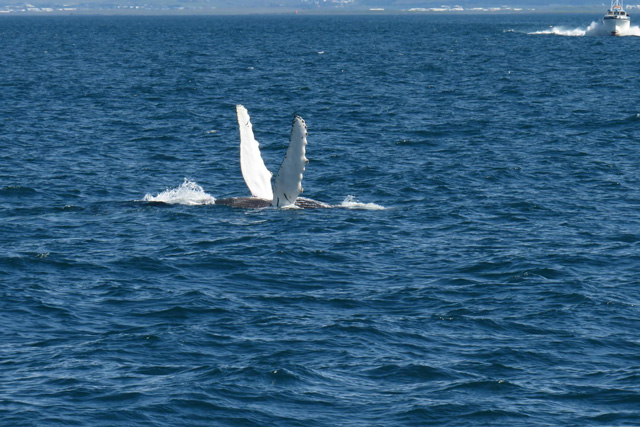
The part of a whale’s body that sticks out the most, both literally and figuratively, are its pectoral fins, or flippers. These aren’t like the fins of a fish. Instead, they’re homologous to our arms. They contain bones that resemble our own.
However, in whales, these bones are shortened and flattened, creating paddle-like flippers. Flippers are essential for steering, balancing, and even helping some whales breach. They’re a perfect example of how whale anatomy has adapted a terrestrial structure for life in the water.
Pro Tip!
When you’re whale watching, pay close attention to the whale’s fins. Their pectoral fins, or flippers, are like their arms, and they can be surprisingly expressive.
Whale Anatomy from the Inside and How They can Dive Deep.
Inside the whale’s body, we find organs similar to those of land mammals, but with some key modifications. Their hearts, for example, are large and powerful, pumping blood efficiently throughout their massive bodies. This is crucial, especially for deep-diving whales, who need to conserve oxygen during long periods underwater.
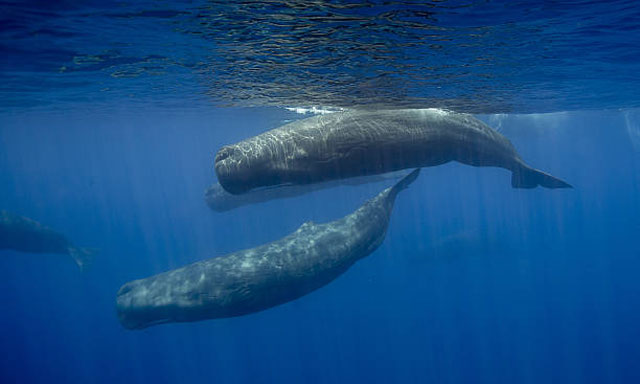
Speaking of diving, whale anatomy has some incredible adaptations for holding their breath. Their lungs are highly efficient at extracting oxygen from the air they breathe at the surface, and they can store a large amount of oxygen in their blood and muscles.
Whale anatomy also includes physiological adaptations that allow them to minimize oxygen use and tolerate high pressures during deep dives. Here’s a breakdown of the physiological adaptations that allow whales to minimize oxygen use and tolerate high pressures during deep dives:
- Bradycardia: Whales experience bradycardia, a slowing of their heart rate, during dives. This conserves oxygen by reducing the rate at which it’s used. Their heart rate can slow down dramatically, sometimes to just a few beats per minute.
- Peripheral vasoconstriction: Blood flow is redirected away from the extremities and non-essential tissues towards the brain, heart, and other vital organs. This ensures that the most oxygen-dependent parts of the body continue to function even when oxygen levels are low.
- Increased blood volume and myoglobin: Whales have a higher blood volume relative to their body size than land mammals. This means they can store more oxygen in their blood. They also have a high concentration of myoglobin in their muscles. Myoglobin is a protein that binds and stores oxygen, providing a reserve supply for muscle activity during dives.
- Lung collapse: During deep dives, the immense water pressure can cause the lungs to collapse. This might seem dangerous, but it’s actually an adaptation that prevents nitrogen from being absorbed into the bloodstream. This helps whales avoid “the bends,” a condition that divers can get when nitrogen bubbles form in the blood due to rapid changes in pressure. The collapsing lungs push the air into the trachea and other airways where gas exchange doesn’t occur, reducing nitrogen uptake.
- Metabolic rate reduction: Whales can reduce their metabolic rate during dives, further conserving oxygen. This is like putting their bodies into a sort of “power-saving mode.”
- Tolerance to high carbon dioxide levels: Deep-diving whales have a higher tolerance for carbon dioxide buildup in their blood than land mammals. This is important because carbon dioxide levels rise as oxygen is used up during a dive.
These combined adaptations allow whales to make incredible dives, staying submerged for long periods and reaching impressive depths. It’s truly remarkable when you think about it!
Whale Digestive Systems
The digestive systems of whales are fascinating examples of how whale anatomy has adapted to their diverse diets. Because whales range in size from the massive blue whale to the much smaller dolphins, and because they eat such different things, their digestive systems have some key variations. Let’s take a closer look.
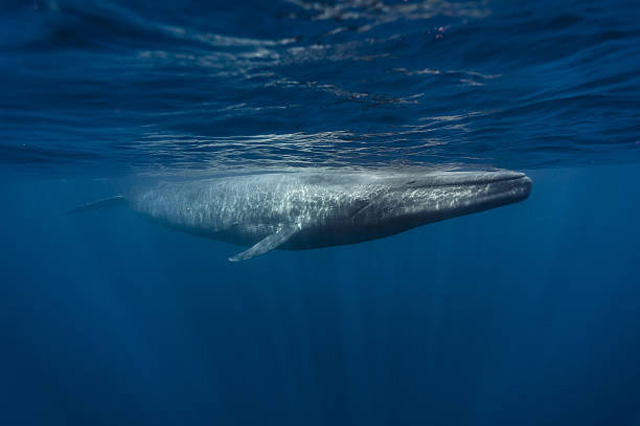
Baleen Whales
Baleen whales, as I mentioned before, are filter feeders. Their massive bodies require enormous amounts of energy, which they get from consuming vast quantities of small creatures like krill, copepods, and small fish. Their digestive systems are designed to process these huge volumes of food efficiently.
When a baleen whale gulps in a mouthful of water, it also takes in all the small organisms living within it. Then, using its baleen plates, it filters the water back out, trapping the food. The trapped food is then swallowed and begins its journey through the digestive system. Baleen whales have a multi-compartment stomach, which helps them break down the large quantities of crustaceans and other small prey they consume.
This efficient system allows them to extract the necessary nutrients, like proteins and fats, from their food to fuel their massive bodies. This is a crucial aspect of their whale anatomy.
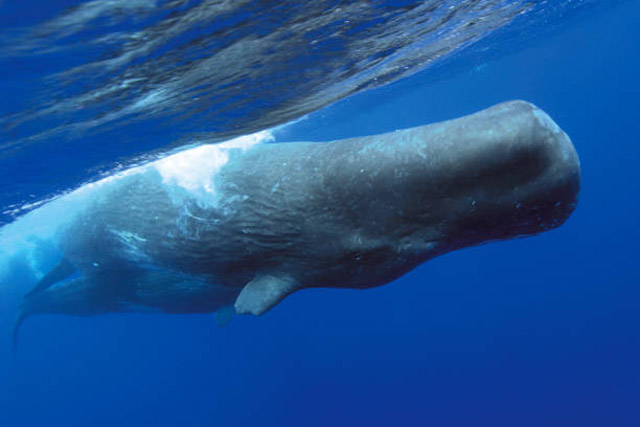
Toothed Whales
Toothed whales, on the other hand, have a more varied diet, depending on the species. Some toothed whales, like dolphins, eat mostly fish, while others, like sperm whales, hunt squid in the deep ocean. Their digestive systems are more similar to those of other carnivorous mammals. They have teeth for capturing and sometimes tearing apart their prey, although they often swallow their food whole.
Their stomachs are also multi-chambered, with different compartments for storing food, breaking it down, and absorbing nutrients. The whale anatomy of toothed whales reflects their role as predators, with digestive systems adapted to handle a diet of fish, squid, and other marine animals.
Whale-Sized Appetite
The amount of food a whale consumes is truly astounding. A blue whale, for instance, can eat several tons of krill each day! Krill looks sort of like shrimp.
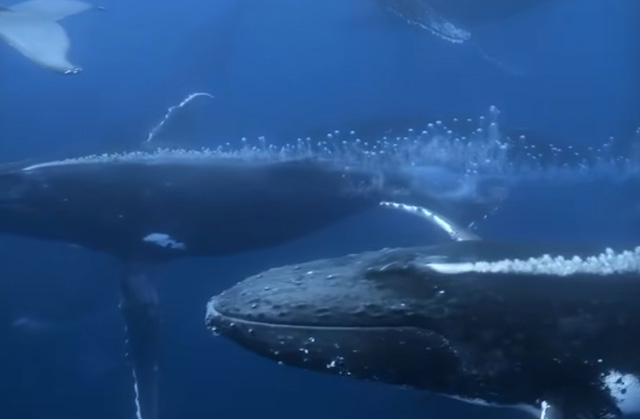
This massive intake of food is necessary to support their enormous size and energy needs. Smaller toothed whales, like dolphins, also eat a significant amount of food relative to their size, consuming several pounds of fish or squid daily. The energy they derive from their food, primarily in the form of fats and proteins, fuels their active lives and supports their growth and reproduction. Whale anatomy, particularly their digestive systems, is essential for their survival.
Regardless of whether a whale is a baleen or toothed whale, their digestive systems are incredibly efficient at extracting nutrients from their food. They get essential proteins for building and repairing tissues, fats for energy and insulation, and other vital nutrients that support their overall health and well-being.
The Role of Blubber
Another important aspect of whale anatomy is their ability to regulate their body temperature. Whales live in water that’s often much colder than their body temperature, so they need ways to stay warm. They achieve this through the thick layer of blubber I mentioned earlier.
Fun Fact!
Believe it or not, whale blubber is an important part of the diets of indigenous peoples that live in the arctic. That’s because whale bubbler has an incredible amount of calories to help supply the eextra energy needed to survive in cold weather. Also, whale blubber is a rich source of Omega 3 fatty acids and vitamin D.
The Tail and Flukes of a Whale

The whale’s tail stock, the muscular section before the flukes, is a powerhouse of propulsion. I think it’s amazing how this single structure allows whales to move through the water with such speed and grace. The tail stock is made up of incredibly strong muscles attached to the backbone. These muscles generate the force needed for the up-and-down movement that creates the powerful thrust propelling the whale forward.
The flukes, located at the end of the tail stock, act like the blades of a propeller, providing a large surface area to push against the water. While they do have some flexibility and movement, their primary role is not the power stroke but rather to maximize the efficiency of the tail’s movement. This is a crucial aspect of whale anatomy.
What makes whale tails so strong? It’s a combination of factors. The powerful muscles in the tail stock are incredibly well-developed, allowing whales to generate tremendous force. The way these muscles are attached to the backbone allows for a powerful, full-body movement that translates into efficient propulsion.
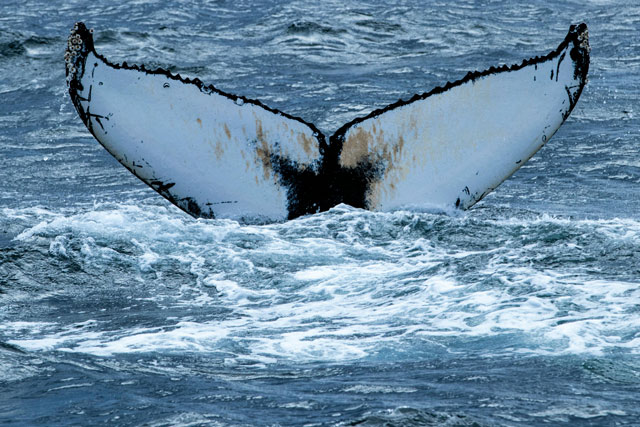
The flukes, with their shape that minimizes drag and maximizes thrust, work in concert with the tail stock to create a highly effective propulsion system. This is a perfect example of how whale anatomy has evolved for aquatic life.
Whale tails also play a role in breaching. Breaching is when a whale leaps out of the water, sometimes completely clearing the surface. While the exact reasons for breaching are still debated, it’s thought to be a form of communication, a way to get rid of parasites, or simply a display of strength and agility. The powerful upstroke of the tail stock, combined with the leverage provided by the flukes, provides the upward thrust needed to launch the whale out of the water.
However, not all whale species breach. Larger whales, like blue whales, rarely breach, while smaller, more agile whales, like humpbacks, are known for their spectacular breaches. This difference in behavior reflects variations in whale anatomy and lifestyle.
Interestingly, there are some differences between whale species on the dorsal side of their tails, near the fluke’s base. Some species have a distinct ridge or keel running along the top of the tail stock, which may aid in streamlining or provide additional surface area for muscle attachment.
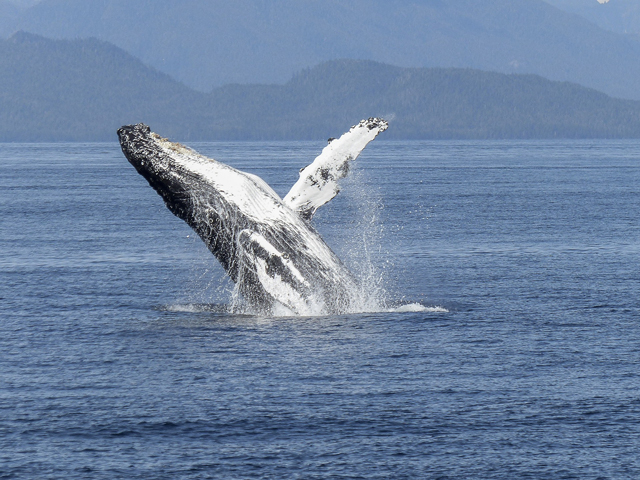
Other species may have a smoother, more rounded tail stock. These subtle variations in whale anatomy can help scientists distinguish between different species and learn more about their individual adaptations.
The whale’s tail stock, working in conjunction with the flukes, is an essential part of its anatomy, enabling it to move through the water with incredible power and efficiency. Whether it’s powering a deep dive, propelling a long migration, or assisting in a dramatic breach, the tail is a testament to the remarkable adaptations of these marine giants. The study of whale anatomy continues to reveal the intricate details of how these magnificent creatures thrive in their ocean home.
Fun Fact!
Humpbacks have the largest pectoral fins of any whale, sometimes reaching 16 feet long! These massive flippers, a distinctive feature of their whale anatomy, help them maneuver in the water and even play a role in their complex mating displays.
Summarizing Whale Anatomy
From their massive skeletons to their powerful tails and specialized digestive systems, whales are a testament to the incredible power of adaptation. The study of whale anatomy reveals the intricate details of how these magnificent creatures have evolved to thrive in the ocean. Each feature, from their streamlined bodies to their insulating blubber, plays a vital role in their survival. And, beyond the basics, whale anatomy is incredibly complex.
Understanding whale anatomy not only deepens our appreciation for these gentle giants but also provides crucial insights for conservation efforts, helping us protect these remarkable animals and their ocean home for generations to come.
I hope my article about whale anatomy gives you a little insight into just how amazing these big mammals are. Maui is a truly special place to witness them in their natural habitat. I encourage you to learn more and experience the magic for yourself! You won’t regret it! The experience of seeing whales in person is truly awe-inspiring.

